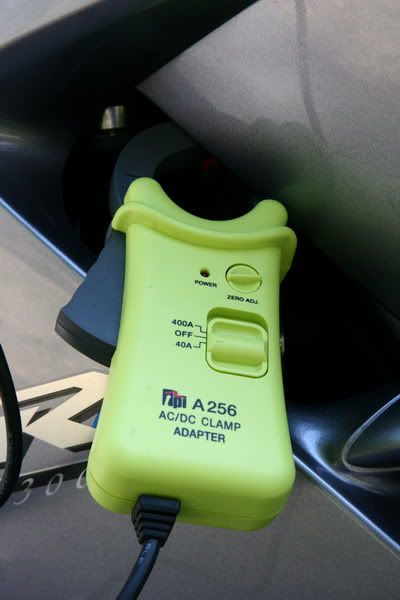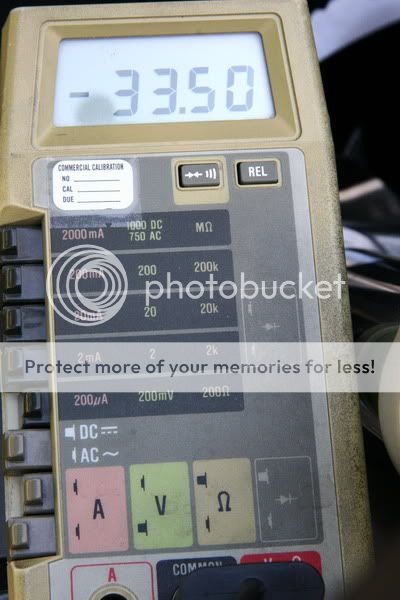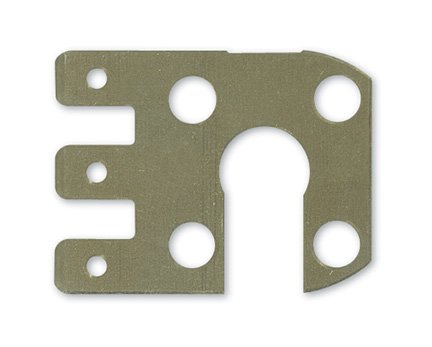To the OPs question:
I don't really see the need to have the accessories turn off and on with a handlebar switch as long as they all go off when the bike does. Generally you will want to turn the individual items on or off as needed, or to conserve watts when you are using a lot of heated gear.
+1 on the Datel recco.
I am not new to LD Riding. I have been doing this a few years, and when I set up my Venture I made all the mistakes folk regularly make, then I found a few of my own, and made them too! By the time I sold the Venture, it was set up to rally about as well as it could be, for me. I know how I want my accessories to behave and I'm looking for ways to make it happen.
The 2005 FJR I have has already done 88000 miles, and managed that with an almost unscathed wiring loom. My Venture, even though it worked well had its wiring hacked around by several previous owners, and by me. That is not going to happen again. This time I will get it right.
So .... I have a need for my "up-front" stuff .... Radio, GPS (2) and charging ports to NOT go off with the key, until I decide to turn them off. The Venture had an ACC position on the key, the FJR does not and if I simply kill the engine with the Kill Switch, the headlight stays on. What I want is to be able to shut the bike down but keep those items running until I turn them off ... and I want that easy with one step, not multiple.
I learned a long time ago that one key to successful LD Riding is preparation, and reducing what you have to do, and to remember, to an absolute minimum because the more steps you need to take, the higher are the chances you will forget one of them. So yes, I want my accessories to remain on, and go off with a single switch.
The solution is straightforward, and was detailed in a helpful reply above.
I have ordered a Fuzeblock. The main feed to the Fuzeblock will be controlled by a relay, and that relay will have a switch to activate it on the handlebars, or close by. All the accessories I want to remain ON will be "always on" in the Fuzeblock. Anything else (LED lights, Heated Grips) will be "switched" in the FB. The switch will then shut off power to everything that is "always on". It's very simple, and a neat solution.
Apart from pozi-taps for triggers, that also leaves the original wiring untouched ... bonus.
My decision now is where to mount the Fuzeblock. That is a little dependent on the Cruise Control I end up with. I could use either the tool try or the space under the rear seat, but I'm not sure which would be better in terms of leaving sufficient space for the CC.






























![fjackets Real Lambskin Leather Biker Jacket — Quilted Cafe Racer Zip Up Moto Leather Jackets For Men | [1100085] Johnson Brown, XL](https://m.media-amazon.com/images/I/41I7Pm1f+vL._SL500_.jpg)


































